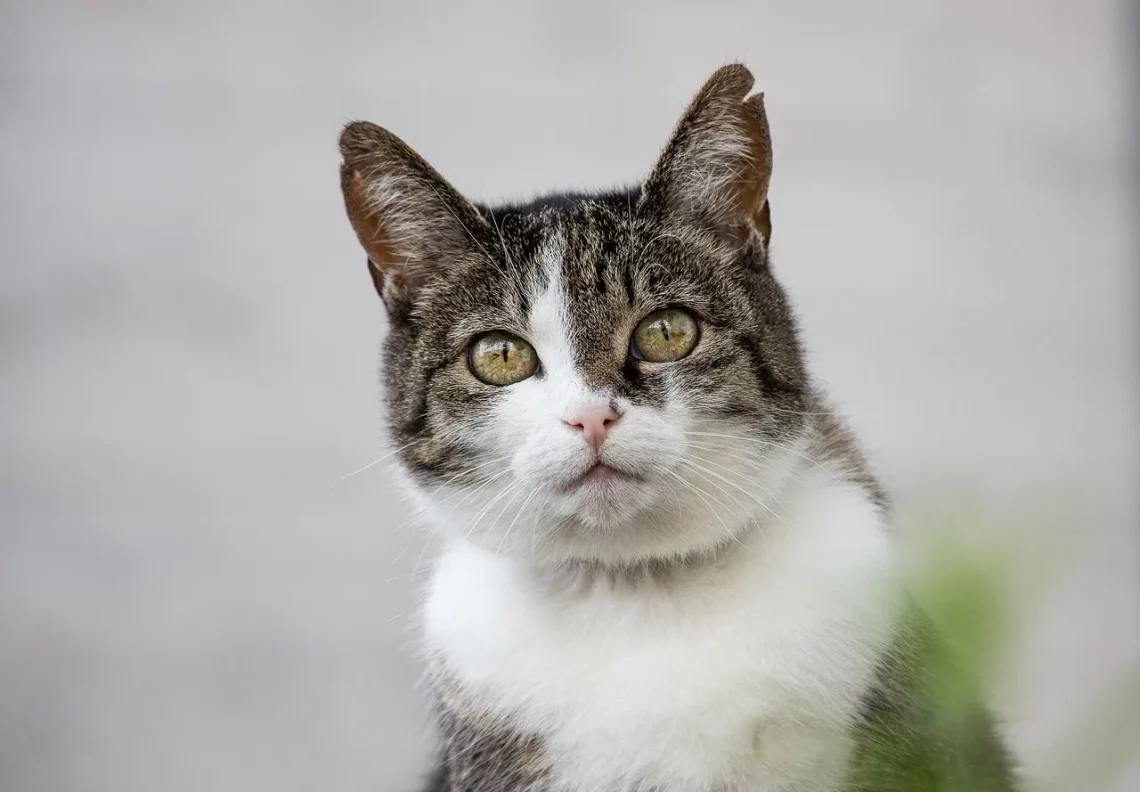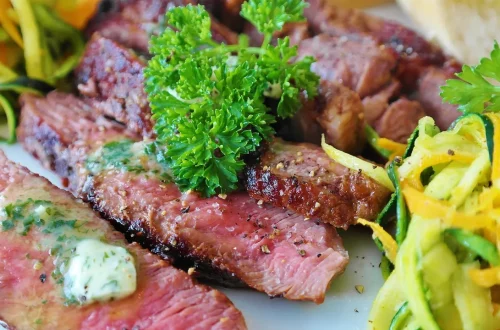
Understanding Your Cat’s Aggressive Kneading Behavior
Understanding your cat’s behavior can often feel like decoding an ancient language. Among the myriad of feline quirks, kneading stands out as one of the most perplexing yet endearing actions. This rhythmic behavior, often described as “making biscuits,” involves your cat pressing their paws alternately against a soft surface. Observing a cat knead can evoke a sense of nostalgia for their kittenhood, but it also raises questions about its underlying motivations.
Cats are complex creatures, and their actions often stem from deep-seated instincts and emotional states. While kneading may appear to be a benign activity, it can signify a range of things, from comfort and contentment to a more instinctual behavior rooted in their ancestry. As pet owners, understanding the nuances of this behavior can enhance our bond with our feline friends and provide insight into their emotional well-being.
In this exploration of cat kneading behavior, we will delve into the various reasons why cats knead, the significance of this behavior in their lives, and how it reflects their unique personalities. By gaining a deeper understanding of why cats engage in this seemingly simple activity, we can appreciate our furry companions even more.
Exploring the Origins of Kneading
Kneading is a behavior that has its roots in kittenhood. When kittens nurse, they instinctively knead their mother’s belly to stimulate milk flow. This action is not just about feeding; it’s a comforting gesture that creates a sense of security and warmth. As they grow, this behavior often continues into adulthood, serving as a reminder of the safety and comfort they experienced during their earliest days.
For adult cats, kneading can evoke a variety of feelings, primarily associated with comfort. When your cat kneads on a soft surface, such as a blanket or your lap, they may be recreating the nurturing environment of their youth. This action can indicate that your cat feels safe and secure in their current environment, which is crucial for their overall well-being.
Moreover, kneading can also serve as a territorial marker. Cats have scent glands in their paws, and by kneading, they may be leaving their scent on their chosen surface. This behavior can signify ownership, marking their territory in a way that is both subtle and instinctual. Understanding this aspect of kneading can help cat owners appreciate the deeper significance behind this seemingly simple act.
In addition to comfort and territoriality, kneading can also be a way for cats to express their emotions. Just as humans may engage in repetitive behaviors during times of stress or anxiety, cats may knead as a way to self-soothe. If your cat seems particularly anxious or unsettled, kneading may serve as a coping mechanism, allowing them to channel their energy into a familiar and comforting action.
Emotional Significance of Kneading
Kneading is often a reflection of a cat’s emotional state. When cats knead, they are often expressing feelings of happiness and relaxation. This behavior is commonly observed when a cat is being petted or is in a comfortable position, such as curled up on their owner’s lap. In these moments, the act of kneading serves as a physical manifestation of their contentment, allowing them to express their affection.
Additionally, kneading can be a bonding behavior. When cats knead on their owner’s lap, it is a way for them to show love and appreciation. This action can create a sense of closeness between the cat and its human, reinforcing the emotional connection that exists between them. It is important to recognize and encourage this behavior, as it enhances the bond and trust between owner and pet.
However, kneading can also be an indication of stress or anxiety in some cases. If a cat is kneading excessively or in situations that seem inappropriate, it may be a sign of underlying issues. For example, a cat that kneads while simultaneously displaying signs of distress, such as vocalizing or pacing, may require attention and observation. In such cases, it is essential to create a calm environment and provide reassurance to help alleviate their anxiety.
Cats are incredibly intuitive creatures, often mirroring the emotional states of their owners. If you are feeling stressed or anxious, your cat may knead more frequently as a way to comfort both themselves and you. This reciprocal behavior highlights the deep bond that exists between humans and their feline companions, making it even more vital to understand the emotional significance behind kneading.
When Kneading Becomes Problematic
While kneading is generally a benign behavior, there are instances when it can become problematic. Some cats may knead excessively, leading to concerns about their well-being or the well-being of the surfaces they are kneading on. This behavior can result in damaged furniture or clothing, which can be frustrating for owners.
In such cases, it is essential to redirect the behavior positively. Providing your cat with designated soft surfaces, such as a comfortable blanket or a plush bed, can help channel their kneading instincts in a more appropriate way. Encouraging kneading on these designated items can help preserve your furniture while still allowing your cat to engage in a behavior that brings them comfort.
Additionally, if kneading is accompanied by other behavioral issues, such as aggression or excessive vocalization, it may indicate a deeper problem that needs addressing. Consulting with a veterinarian or a feline behaviorist can provide insights into potential underlying issues and help develop a plan to address them.
It is also worth noting that cats can develop habits and routines. If your cat has always kneaded on a particular surface, they may become fixated on that behavior over time. While this is generally harmless, it is crucial to monitor their behavior and ensure it does not interfere with their daily activities or their relationship with you.
In conclusion, while kneading is a natural and instinctual behavior for cats, understanding the nuances of this action can help cat owners foster a healthier and more positive environment for their feline companions.
Understanding Individual Cat Personalities
Every cat has its unique personality, and this individuality can influence their kneading behavior. Some cats may knead frequently, while others may rarely engage in this action. Factors such as breed, upbringing, and personal experiences all play a role in shaping a cat’s behavior, including their tendency to knead.
For instance, certain breeds, like the Ragdoll or Maine Coon, may be more prone to kneading due to their affectionate and social natures. These breeds often thrive on human interaction and are more likely to express their comfort through kneading. In contrast, more aloof breeds may display less kneading behavior, opting for other forms of communication to express their feelings.
Additionally, a cat’s early experiences can shape how they express themselves as adults. A cat raised in a loving environment where they received ample affection may be more inclined to knead as a way to show their happiness and comfort. Conversely, a cat that experienced neglect or trauma in their formative years may display different behaviors, potentially leading to less frequent kneading or even aversion to physical touch.
Understanding your cat’s individual personality can enhance your relationship with them. By recognizing their unique preferences and behaviors, you can tailor your interactions to make your cat feel more comfortable and secure. This personalized approach can foster a deeper connection, encouraging positive behaviors like kneading as a reflection of your cat’s happiness.
In summary, the behavior of kneading is multifaceted, influenced by a cat’s instincts, emotions, and individual personality. By observing and understanding these elements, owners can appreciate this endearing behavior and strengthen their bond with their feline friends.
**Disclaimer:** This article is for informational purposes only and is not a substitute for professional veterinary advice. Always consult your veterinarian for health-related questions or concerns regarding your pet.




